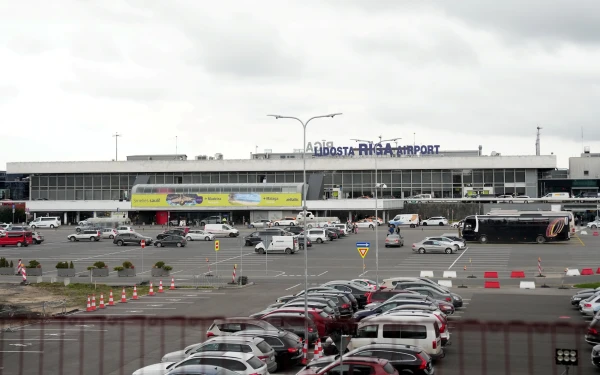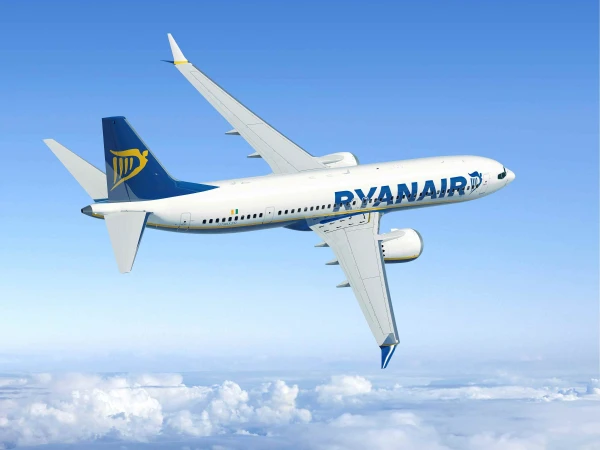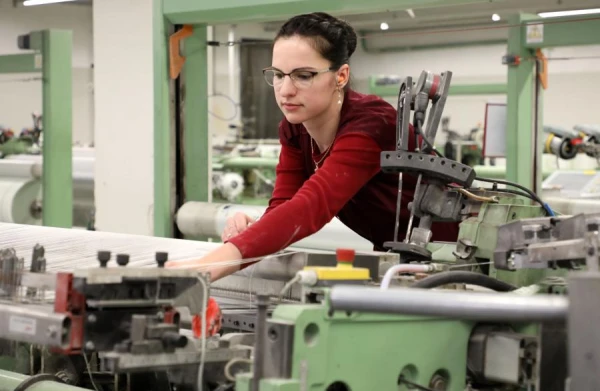
The development plan for Riga Airport for 2025-2050 includes, among other things, the modernization of the airfield with new taxiways, a southern apron, and modern de-icing zones, the airport reported.
The developed development plan for Riga Airport for 2025-2050 outlines ideas for the development of the airport's infrastructure for the next 25 years, as well as measures necessary for the development and utilization of the territory.
The plan includes strategic investments that will contribute to economic growth, enhance compatibility, and ensure a modern level of passenger service, making Riga one of the key transport hubs in Northern Europe.
The development plan provides for the modernization of the Riga Airport aerodrome with the creation of new taxiways, a southern apron, and modern de-icing zones. These measures will comprehensively enhance airport safety, ensure its continuous operation, and adapt to the growth of air traffic while complying with noise and environmental impact standards.
The plan also envisions targeted development of various aviation service areas by creating specialized and adapted territories for cargo handling, aircraft maintenance, as well as business and general aviation.
According to the plan, Riga Airport will transform into a modern mobility center, integrating air, rail, and road transport. The expansion of the terminal and the construction of a new southern apron will provide faster and more convenient passenger service, spacious facilities, clear navigation, and accessibility for people with special needs.
The airport notes that the high-speed railway "Rail Baltica" will connect the airport with the European railway network and the center of Riga, while the reconstruction of the transport hub and new access roads will ensure convenient access for both passengers and staff.
The development plan also includes the creation of "RIX Airport City" - a multifunctional environment for business, logistics, and services with office spaces, hotels, and recreational and entertainment areas, which will foster entrepreneurship and attract investment to the region. The airport emphasized that sustainability is a key element of the strategy, thus solutions in renewable energy, electric transport, and future hydrogen technologies are being implemented.
The airport reported that the development plan adheres to the requirements of the strategic environmental impact assessment, including the preparation of an environmental status report and public involvement in the decision-making process. Public discussions will be held in person with the possibility of online participation: on November 12 - at the Marupe Music and Art School, on November 13 - at the Babite Secondary School, and on November 19 - at the Imanta Neighborhood Residents' Center.
Written proposals and comments on the plan can be submitted until December 3, 2025.
The Chairwoman of the Board of Riga Airport, Laila Odina, noted that the development of the airport is an investment in the future of Latvia: new jobs will be created, the economy will be strengthened, and new opportunities will open for the entire region. "We are ready for the next stage of development with confidence and ambitions to grow together with Latvia," she added.
As reported, last year Riga Airport served 7.12 million passengers - 7% more than in 2023.
Riga Airport is the largest air traffic hub in the Baltic States.













